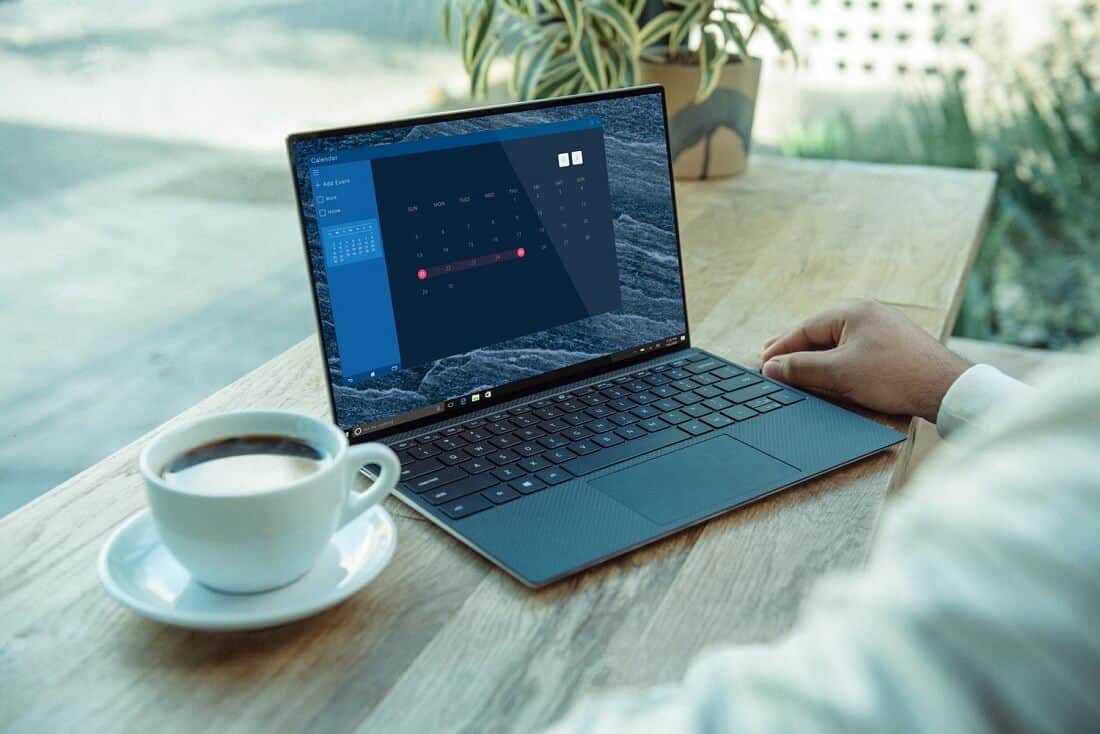
There are different types of orders execution and each of them has a strictly defined function.
By Guy Avtalyon
Types of orders are market orders, limit orders, and stop-loss orders.
So, you have to understand what happens when you click the “enter” button on your online trading account. Your order isn’t always filled immediately, you have to know that.
The variety of potential ways in which an order can be filled can be surprising.
How and where your order is executed have an influence on the cost of your transaction and the price you pay for the stock.
Types of execution orders
-
Instant Execution
These execution types of orders type mean the broker guarantees to carry out the order at the price set by the trader or not to execute the order at all.
The trader can set a slippage or a maximum allowable price deviation or at which the order can be executed.
When it happens that the price has varied during the processing request but still remained within the set slippage, the order will be executed with a price correction.
In the case that the price has gone beyond the limits of the slippage corridor or the slippage parameter has not been set, the order will be rejected. Therefore, the trader will receive a requote price change message.
In such a situation the trader can accept the new price and the order will be executed or can refuse the order.
The advantage of instant execution as types of orders is the opportunity to enter the market at a fixed price. Hence, that is of great importance for some trading strategies.
Also, the main disadvantage of instant execution is ‘requotes’. Their number of which increases or decreases depending on the volatility of the market.
-
Market Execution
This execution type practically allows any order from the trader will be executed at the current price on the market at the moment of order processing. The price can be either higher or lower than the one the trader can see in the window of the screen.
As a rule, the trader accesses the market quicker when using market execution. The foremost benefit of this execution type is the chance for 100% market access.
Its disadvantage is a high risk of a lossmaking position when the market is highly volatile, when the price may strongly fluctuate during short periods of time.
What are the different types of orders
Market order
This is an order for buying or selling security quickly. Market order guarantees that your order will be executed, but does not guarantee the price you’ll get. This order will execute at or close to the current bid or ask price.
Yet, it is important for you to remember that the last traded price is not certainly the price at which a market order will be executed.
A market order is the most common type of order and it is almost always filled because no price is defined.
Limit order
This is an order to buy or sell a security at a specific price, which is called limit, or better.
A buy limit order will always be executed at the limit price or lower.
The sell limit order will always be executed at the limit price or higher.
For example, if you want to buy shares of ABC stock for no more than $20. So, you can set a limit order for this price level and your order will only execute if the price of ABC stock is $20 or lower.
Limit orders are suitable only for investors who strictly determined the price at which they are willing to trade.
Stop order is one of the types of orders
Stop order is also known as a stop-loss order This is the type of order that allows traders to buy or sell a stock once the price of the stock reaches the specified price, known as the stop price. When the stop price level is reached, your stop order will become a market order.
Buy stop order
This means, entered at a stop price above the current market price. Use a buy stop order to reduce a loss or protect a profit on a stock that you want to sell short.
A sell stop order is entered at a stop price lower than the current market price. Use this order to reduce a loss or protect a profit on a stock you own.
GTC or Good till canceled
This is a modification of a limit order. Traders use it either to buy or to sell a security. This type of order remains in force until it is canceled by the customer or executed by the broker.
Fill-or-Kill order
This type of order is sent to the floor for immediate execution. If it cannot be filled immediately, it is automatically canceled.
AON All-or-None
In this type of limit order, the broker is focused to attempt to fill the entire amount of the order or none of it. This order differs from a fill-or-kill order because, with an all-or-none order, here is no requests for quick execution.
Are orders execution so mattering?
The importance of orders execution depends on the type of order you submit.
For example, if you are putting a limit order, your risk is the order might not be filled. But, if you are setting a market order, speed and price execution is more critical.
You have to know, the execution is no backup for an investment plan.
Today’s markets include real risks, therefore they can cause the execution of orders at prices significantly different than anticipated. But, with a long-term extent, these varieties are only one step on the road to successful investing.



Leave a Reply